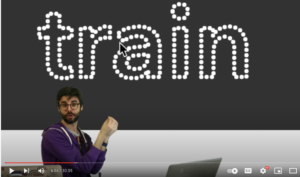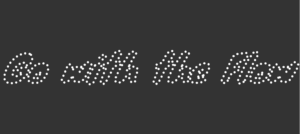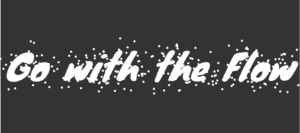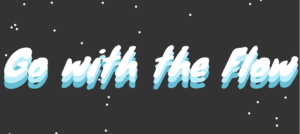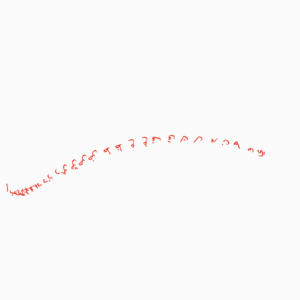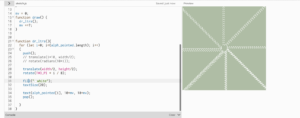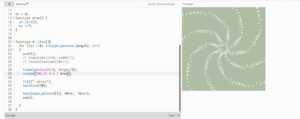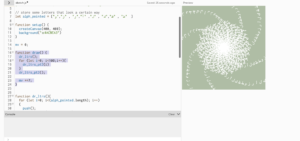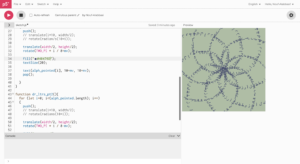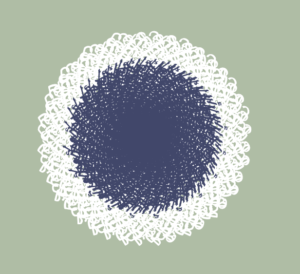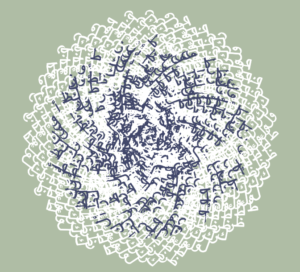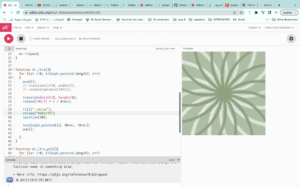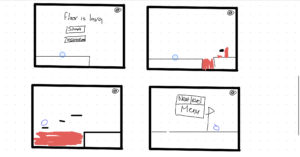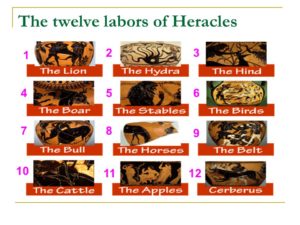Inspiration
This midterm project involves making a game, and though I love playing games and find a lot of them to be very impressive, the idea of creating one myself is very scary. To play it safe, I knew I wanted to make something simple yet fun enough for other people to at least play when they’re really really bored. At first, it was hard to think of games that didn’t involve various elements that I was not familiar with or would require a lot of time that I do not have right this moment. I started thinking of online games I used to play on the computer when I was little. I then remembered coolmathgames.com. It gave me flashbacks to when I would be in my computer class and we would go on coolmathgames.com whenever we would get “free time” and had nothing else to do. I started exploring the games.
I found these relatively simple games:
- https://www.coolmathgames.com/0-curve-ball-3d?utm_content=CTA_Top_Picks#immersiveModal
- https://www.coolmathgames.com/0-run-3
I also remembered I used to play a lot of dress-up games, but I thought it would be too complicated to use or create a lot of the objects needed to dress up a figure so I abandoned that idea. I was favoring the idea of run 3 and wanted to look at more examples. A friend actually reminded me of the Google dinosaur game that pops up whenever a user attempts to navigate the google browser offline. I inserted it below.
In order to add my own twist to it, I decided to go with a Halloween theme since we are in October and I am going to miss celebrating Halloween at home. Below is a more detailed thought process related to the project requirements in terms of my own dino game.
- Can be one or more players
- One player; Jack O’ Lantern character
- Must include
- At least one shape
- Obstacles for Jack to jump over or go under (or both?)
- Background: dark, full moon, clouds
- At least one image
- Jack
- At least one sound
- Sound whenever he jumps or crashes into something. Game over sound? Background music?
- At least one on-screen text
- Instructions in the beginning
- “GAME OVER”
- Object Oriented Programming
- At least one shape
- The game must start with a screen giving instructions, and must wait there until a button or key (your choice) is pressed
- “Jack is trying to escape pumpkin carving season. Press space to start running! Don’t get caught or else RIP Jack :(“
- After the game is won or lost, there must be a way to restart the game without closing and restarting the program
- button? automatic restart to the instruction page?
Future Improvements
I have not started my code yet, but that is for part II, which will then lead to the final part. I look forward to creating my own version of this game and learning along the way.

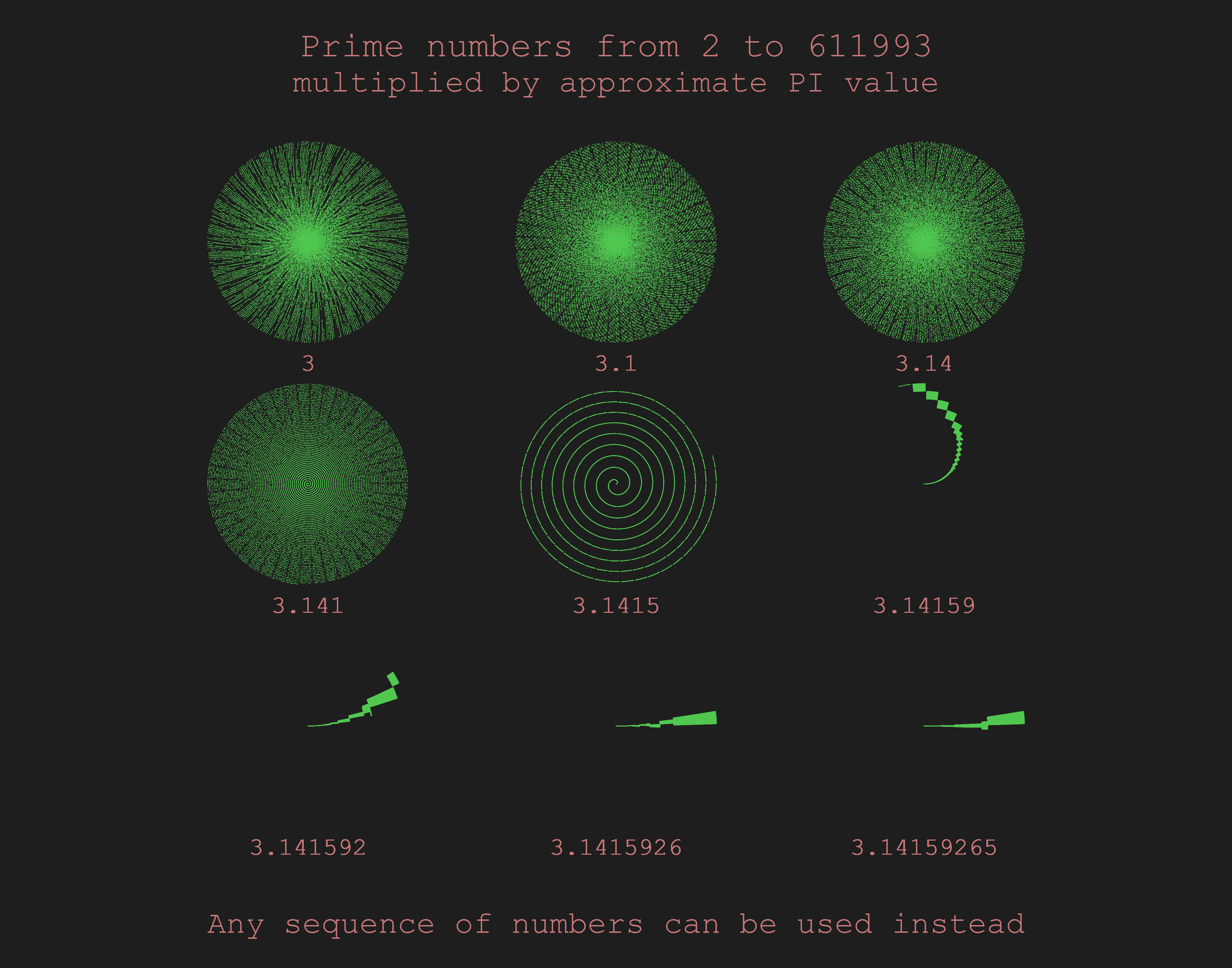 Click to view the full image – you can zoom in to see the details
Click to view the full image – you can zoom in to see the details Click to view the full image – you can zoom in to see the details
Click to view the full image – you can zoom in to see the details